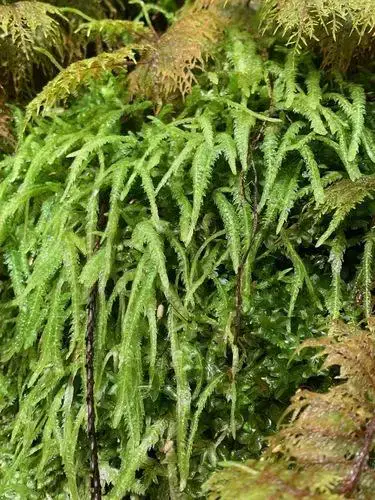
913.54467.130×130.jpg from: https://eol.org/pages/47175784
Exploring the Fascinating World of Andreaea opaca Moss

andreaea-7b13af6a-b308-47df-bfaa-65012f7657b-resize-750.jpeg from: https://alchetron.com/Andreaea
Andreaea opaca Cardot ex G.Roth, commonly known as Andreaea moss, is a captivating species of moss belonging to the Andreaeaceae

36A5.jpeg from: https://www.goshen.edu/bio/Musci/36A12345.html
family. This tiny but mighty plant plays a significant role in its ecosystems and boasts unique adaptations that allow it to thrive in harsh environments. In this blog post, we’ll dive into the world of Andreaea opaca and discover what makes this moss so special.
Background on Andreaea Mosses
Andreaea mosses are a group of

andraea.GIF from: https://www1.biologie.uni-hamburg.de/b-online/library/bryophytes/Andreaea.html
bryophytes in the class Andreaeopsida. They are known for their small size, dark coloration, and ability to grow on rocks in cold, mountainous regions around the world. There are around 100 species of Andreaea mosses globally.
Morphology and Identification
Andreaea opaca forms small, dense cushions or tufts on rock surfaces. The individual plants are typically 1-3 cm tall. The leaves are lance-shaped, dark brown to black in color, and arranged in a spiral around the stem. The leaf margins are entire (smooth-edged).

Andreaea_rothii,I_MWS46215.jpg from: https://www.discoverlife.org/mp/20q?search=Andreaeaceae
One key identifying feature of A. opaca is the presence of multicellular gemmae – small, round reproductive structures – on the tips of the leaves. These help the moss spread to new locations.
Global Distribution and Habitat
Andreaea opaca has a wide global distribution, found on multiple continents including Europe, Asia, Africa, and North and South America. It typically grows at high elevations in mountainous areas, on exposed, acidic rock surfaces like granite, gneiss, and sandstone. Common habitats include alpine boulder fields, cliff faces, and rocky ridges above the treeline.
Ecological Roles and Adaptations
As a pioneer species, A. opaca plays a crucial role in primary succession – the establishment of vegetation in barren environments. It is often one of the first plants to colonize bare rock after glacial retreat or volcanic eruptions. Over time, it traps dust and organic matter, forming primitive soil that allows other plants to take hold.

Andreaea_rothii,I_MWS80853.jpg from: https://www.discoverlife.org/mp/20q?search=Andreaea

108964312.b3KObYM3.jpg from: https://www.pbase.com/stureh/andreaea
Andreaea opaca has several adaptations that allow it to thrive in its harsh, exposed habitats:
- Poikilohydry: Like many mosses, A. opaca can survive extreme desiccation by entering a dormant state when dry, then rapidly rehydrating when moisture is available again.

2020-11-25-12-25-04-800×600.jpg from: https://www.britishbryologicalsociety.org.uk/learning/species-finder/andreaea-rothii/
- Dark pigments: The dark coloration comes from pigments that help protect the moss from intense UV radiation at high elevations.
- Cushion growth form: Growing in dense clumps helps A. opaca retain moisture and insulate from temperature extremes.

medium.jpeg from: https://inaturalist.ca/taxa/158345-Andreaea-rothii
Conclusion
From pioneering bare mountaintops to surviving extreme conditions, Andreaea opaca is a small but mighty moss that plays an outsized role in alpine ecosystems worldwide. Its unique adaptations and ecological significance make it a fascinating subject of study for botanists and naturalists alike.

hydropogonella-gymnostoma-57a47e5c63a2d.jpg from: https://www.flowgrow.de/db/wasserpflanzen/hydropogonella-gymnostoma
The next time you’re hiking in the mountains, keep an eye out for this dark, diminutive moss – and marvel at the tenacity of life in even the harshest environments. What other secrets might these ancient plants hold?